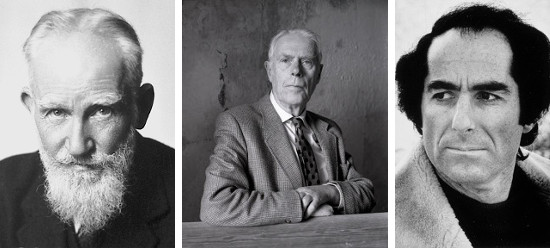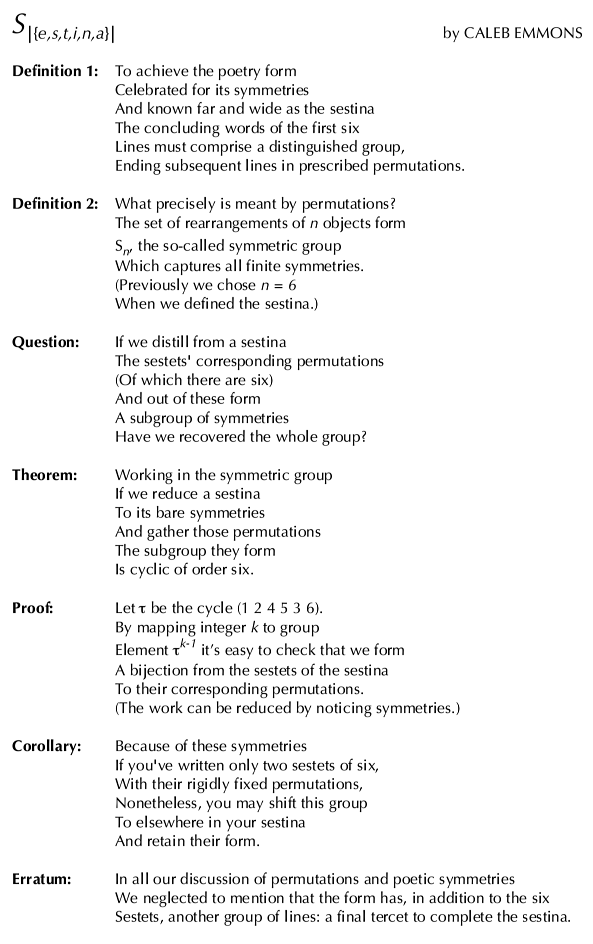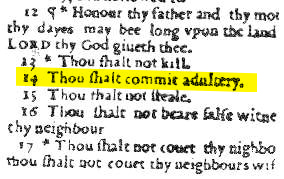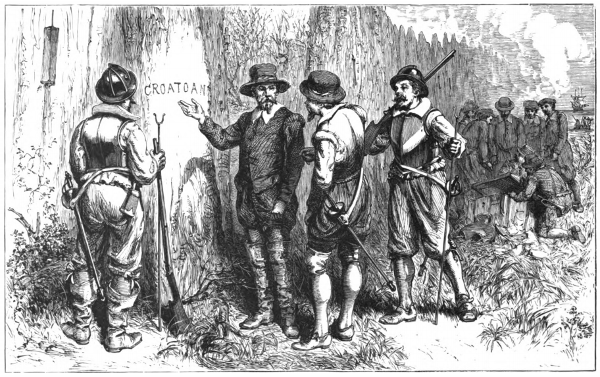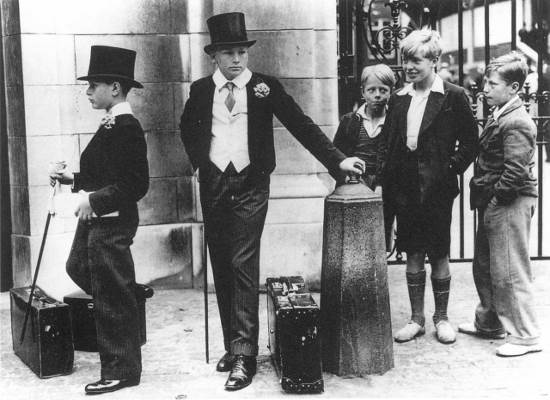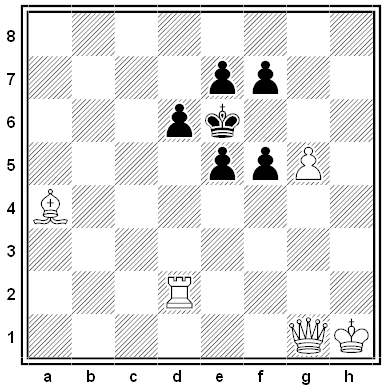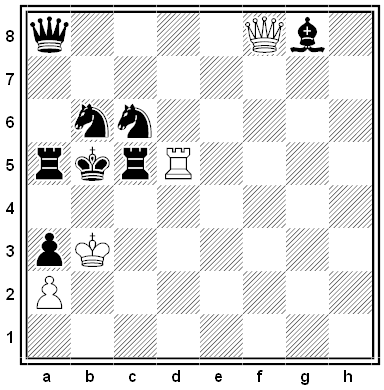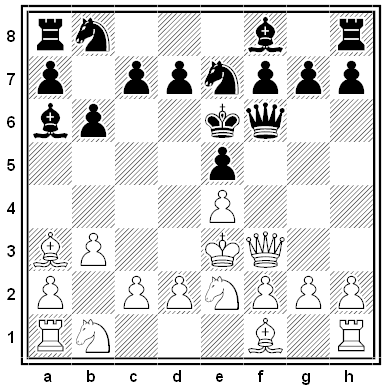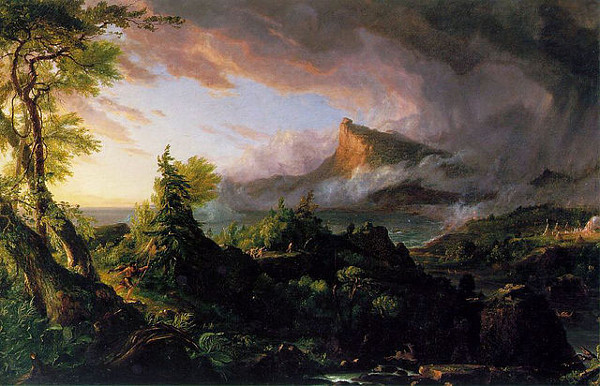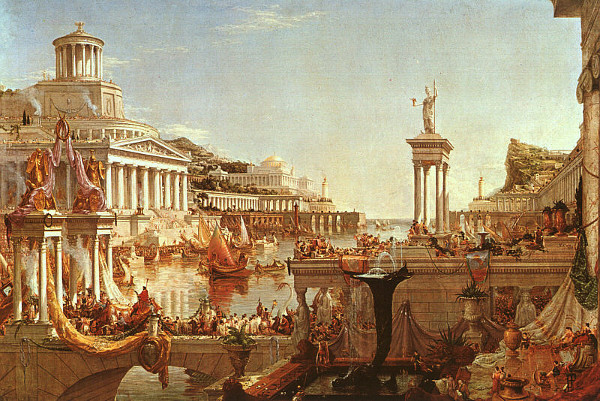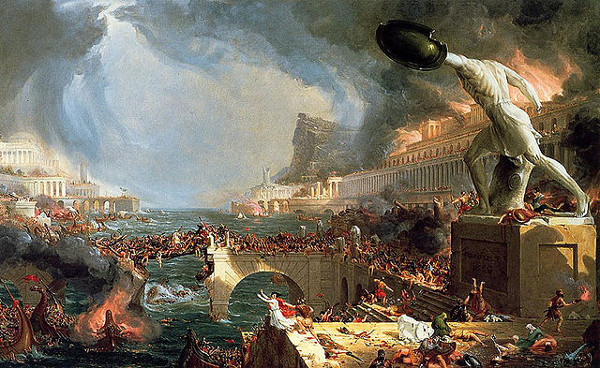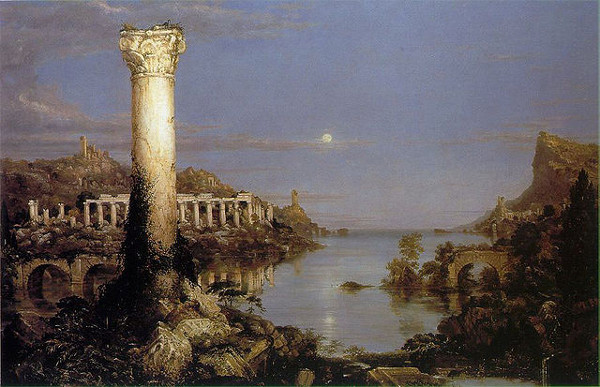
Cornell mathematician Robert Connelly devised this intuition-defying card game. I shuffle a standard deck of 52 cards and deal them out in a row before you, one at a time. At some point before the last card is dealt, you must say the word “red.” If the next card I deal is red, you win $1; if it’s black you lose $1. If you play blind, your chance of winning is 1/2. Can you improve on this by devising a strategy that considers the dealt cards?
Surprisingly, the answer is no. Imagine a deck with two red cards and two black. Now there are six equally likely deals:
RRBB
RBBR
BBRR
RBRB
BRBR
BRRB
By counting, we can see that the chance of success remains 1/2 regardless of whether you call red before the first, second, third, or fourth card.
Trying to outsmart the cards doesn’t help. You might resolve to wait and see the first card: If it’s black you’ll call red immediately, and if it’s red you’ll wait until the fourth card. It’s true that this strategy gives you a 2/3 chance of winning if the first card is black — but if it’s red then it has a 2/3 chance of losing.
Similarly, it would seem that if the first two cards are black then you have a sure thing — the next card must be red. This is true, but it will happen only once in six deals; on the other five deals, calling red at the third card wins only 2/5 of the time — so this strategy has an overall success rate of (1/6 × 1) + (5/6 × 2/5) = 1/2, just like the others. The cards conspire to erase every seeming advantage.
The same principle holds for a 52-card deck, or indeed for any deck. In general, if a deck has r red cards and b black ones, then your chance of winning, by any strategy whatsoever, is r/(b + r). Seeing the cards that have already been dealt, surprisingly, is no advantage.
(Robert Connelly, “Say Red,” Pallbearers Review 9 [1974], 702.)

